Smartwatches
Disadvantages of Refurbished Smartwatches
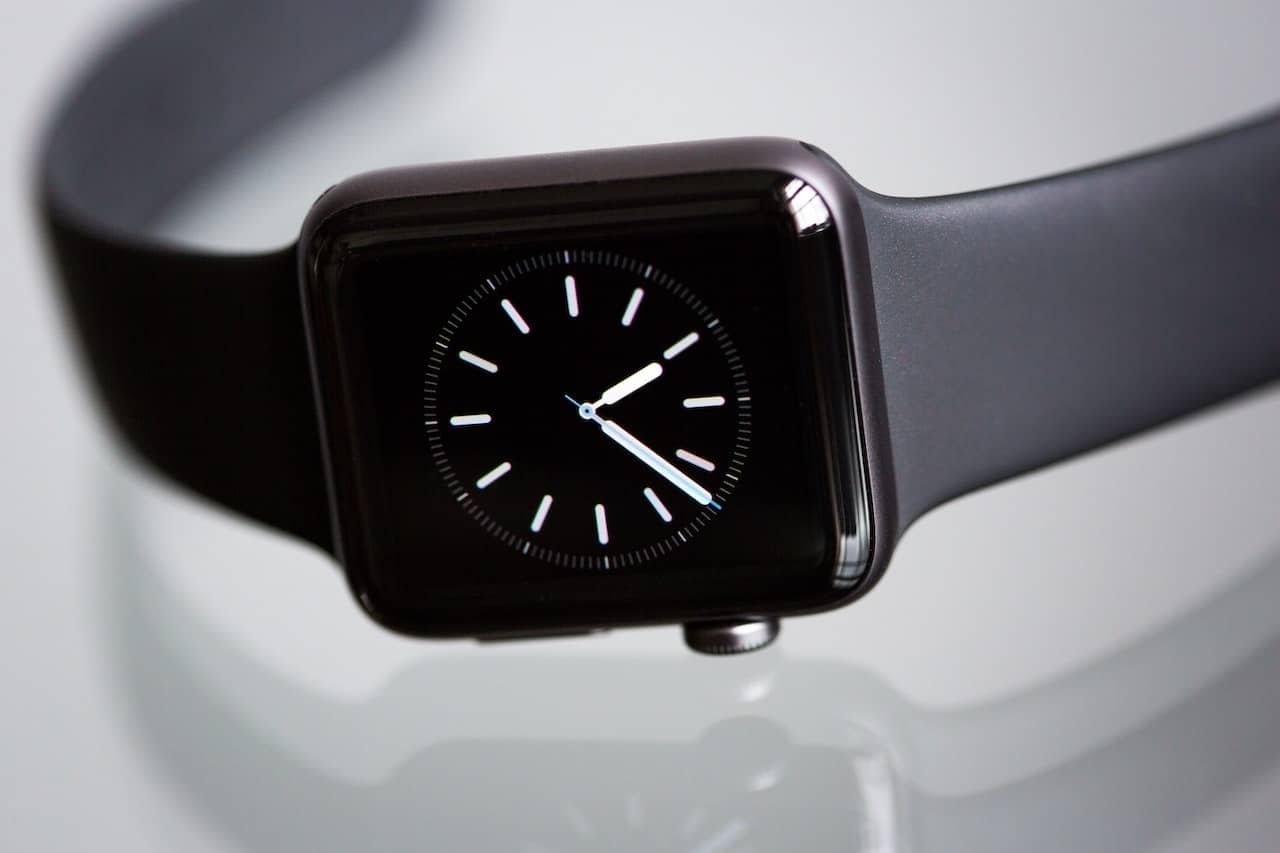
A new era of technology consumption is upon us. With increasing environmental and economic concerns, refurbished products are gaining more and more acceptance among consumers. ‘Refurbished’ often refers to products that have been returned to the manufacturer or seller due to minor defects, or simply because the previous owner changed their mind. These devices are then repaired, tested, and resold, usually at a lower price than brand new equivalents. Among these, refurbished smartwatches have become a popular choice due to their more affordable price tag. However, just like any other pre-owned product, these devices come with their unique set of pros and cons. This article aims to shine a light on the potential disadvantages of refurbished smartwatches and offers insight on how to mitigate these risks.
Inconsistency in Quality
One of the primary disadvantages of refurbished smarwatches is the inconsistency in quality. The term ‘refurbished’ can encompass a wide range of conditions. Some products might have been returned after unboxing due to buyer’s remorse, while others could have seen months or even years of usage before being sent back to the manufacturer due to a malfunction.
The quality of refurbished items also largely depends on who performed the refurbishing. For instance, Apple and Samsung are known for their meticulous refurbishing process, which includes a thorough cleaning, replacement of any defective parts, rigorous testing to ensure the device performs like new, and even repackaging in new boxes with all original accessories.
However, not all companies are as diligent. Some third-party refurbishers might simply clean the device and perform basic functionality tests before selling them as ‘refurbished’. For example, a refurbished Garmin Vivoactive 3 from a less reputable source might have more wear and tear and lower battery life compared to a similar model refurbished by Garmin itself.
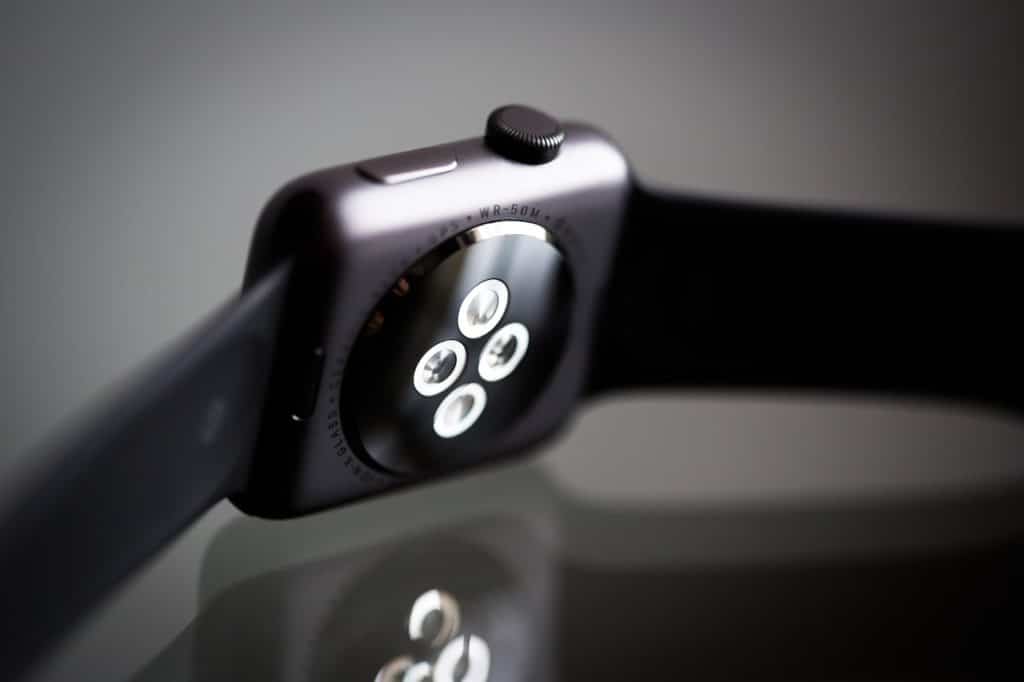
Limited Warranty or Lack Thereof
A significant disadvantage of refurbished smartwatches is that they typically come with a much shorter warranty period than their brand-new counterparts. Most new products, including smartwatches, typically come with a one to two-year warranty. However, refurbished devices might only have a warranty of 90 days or, in some cases, no warranty at all.
An Apple Watch Series 6, for instance, comes with a one-year limited warranty when bought new. But if you purchase a refurbished version from a third-party seller, the warranty period could be significantly shorter, or in some unfortunate cases, non-existent.
This limited warranty implies that if the smartwatch encounters problems after the warranty period, you’re responsible for any repair costs. It could mean that your cost savings when buying the product could be negated by out-of-pocket repair costs in the long run.
Battery Life and Performance
Another aspect to consider when purchasing refurbished smartwatches is the device’s battery life and overall performance. Over time, the performance of batteries degrades, and this is something not always addressed during the refurbishing process.
While a refurbished Fitbit Versa 2 might be functionally equivalent to a new one, it may have a significantly lower battery life if the refurbisher did not replace the original battery. This can affect not only how often you have to charge the device, but also the overall performance and responsiveness of the watch.
Beyond battery life, the general wear and tear of the device might lead to decreased performance over time. This is particularly relevant for smartwatches as they are worn on the wrist, making them more prone to physical impacts that could potentially affect their functionality.
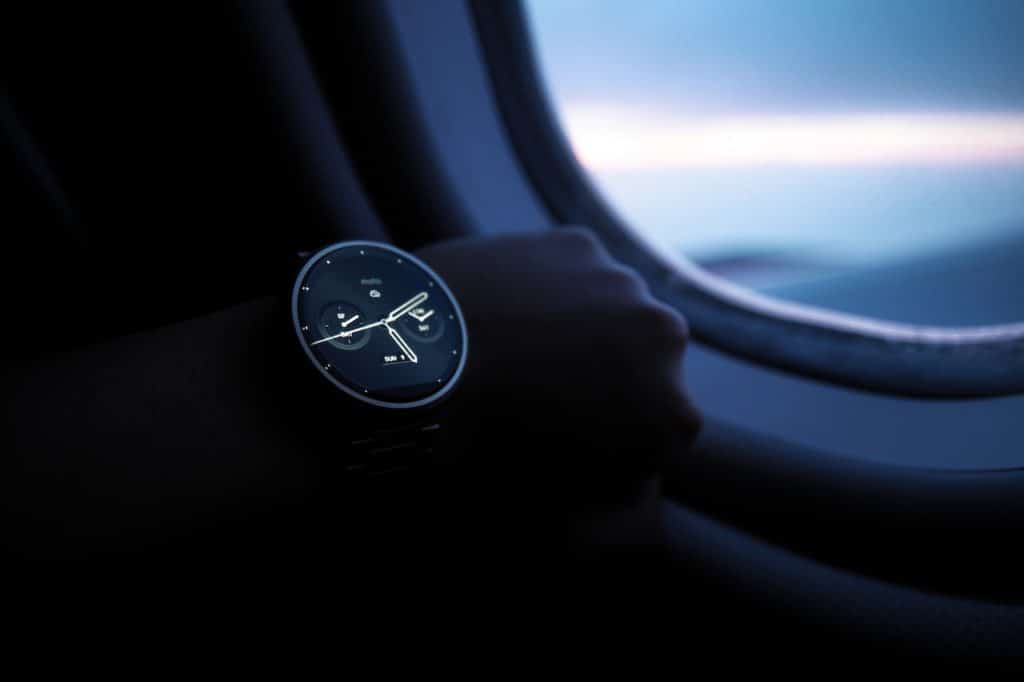
Lack of Latest Features
When you opt for a refurbished smartwatch, you’re likely buying an older model. While this is often the cost-saving aspect, it can mean missing out on the latest technological advancements.
For example, if you choose a refurbished Apple Watch Series 4 over the newer Series 7, you’re missing out on features such as the always-on display, faster processing power, and improved health tracking capabilities. Similarly, opting for a refurbished Samsung Galaxy Watch Active might mean missing the advanced health tracking features and better battery life of the newer Galaxy Watch 4.
While these might not be deal-breakers for everyone, if you’re someone who values having the latest features, this is something to take into consideration.
Absence of Original Packaging and Accessories
Refurbished smartwatches often come in non-original packaging and may lack some of the original accessories. For some, this might be a minor inconvenience, but for others, it can be a significant disadvantage.
If you’re buying a refurbished Garmin Forerunner 245, you might find it comes in a generic box and lacks the original charging cable. While the watch might work perfectly, finding compatible accessories separately could be an additional hassle and expense.
Also, if you plan to gift the smartwatch, the lack of original packaging can make the present seem less impressive, especially if the recipient is aware that it’s a refurbished product.
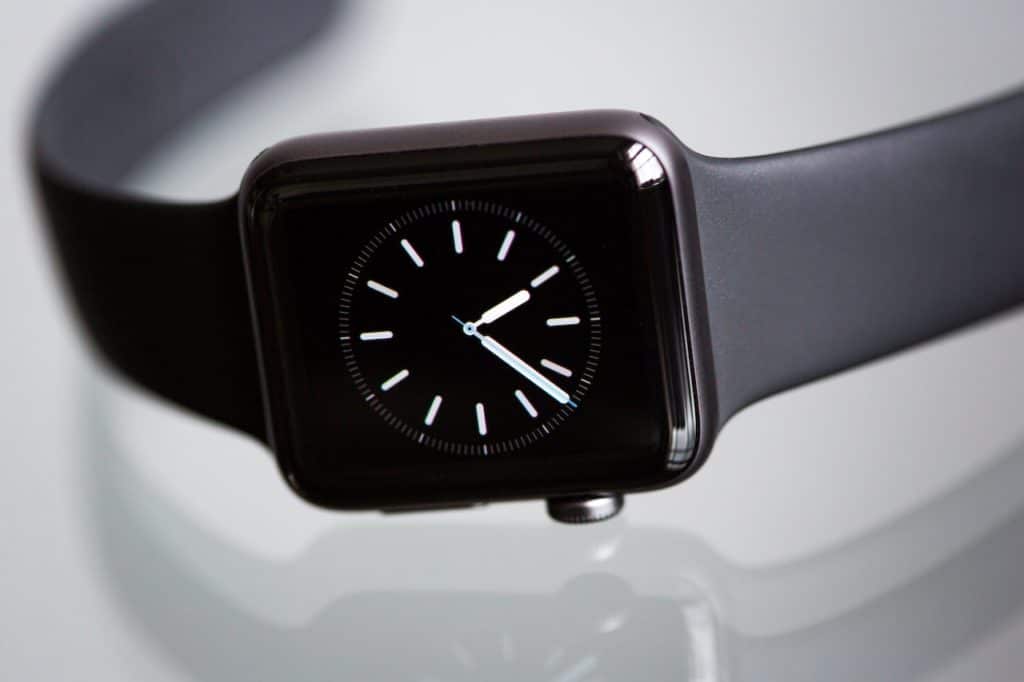
Mitigating the Disadvantages
Despite these potential drawbacks, refurbished smartwatches can still be a great choice for those seeking the functionality of a smartwatch without the hefty price tag. Here are some tips to mitigate the mentioned disadvantages:
- Reputable Refurbishers: Always buy from reputable sources. Major manufacturers like Apple and Samsung provide refurbished products with a degree of assurance. You can also consider certified refurbished sellers on platforms like Amazon.
- Understanding Warranty Policies: Always check the warranty period and what it covers before making a purchase. Ensure the savings from buying a refurbished product outweigh the risks associated with a shorter or non-existent warranty.
- Checking for Battery Life and Assessing Features: Prior to purchase, review the product specifications, especially the battery life. Also, make sure you understand which features you might be missing out on by opting for an older model.
Conclusion
Navigating the world of refurbished smartwatches comes with its challenges. Understanding the potential drawbacks, including quality inconsistency, limited warranty, reduced battery life and performance, absence of the latest features, and lack of original packaging and accessories, is crucial. Despite these, with careful selection and knowledge, buying a refurbished smartwatch can be a cost-effective and environmentally-friendly choice. As with any significant purchase, the key is in knowing what to look for and weighing the potential disadvantages against the benefits.
-

 Gadgets6 months ago
Gadgets6 months agoCan Dogs Use VR Headsets?
-

 Tech6 months ago
Tech6 months agoWhat Does “Voicemail Pending” Mean?
-

 Phones5 months ago
Phones5 months agoHow Do I Know if My Phone Supports AR?
-

 Tech5 months ago
Tech5 months agoDoes Astigmatism Affect Your VR Experience?
-

 Business5 months ago
Business5 months agoHow Do You Make an AR Without Coding?
-

 Phones5 months ago
Phones5 months agoWhat To Do About That Weird Notification Sound on Android?
-
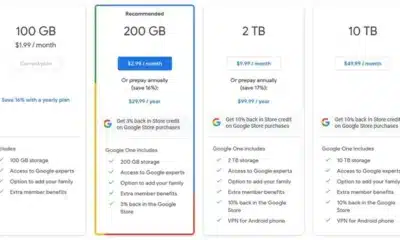
 Tech4 months ago
Tech4 months agoHow Can I Get Google Drive 1TB for Free?
-

 Phones4 months ago
Phones4 months agoHow Does SnapDrop Work? – Instant File Sharing Made Easy



















